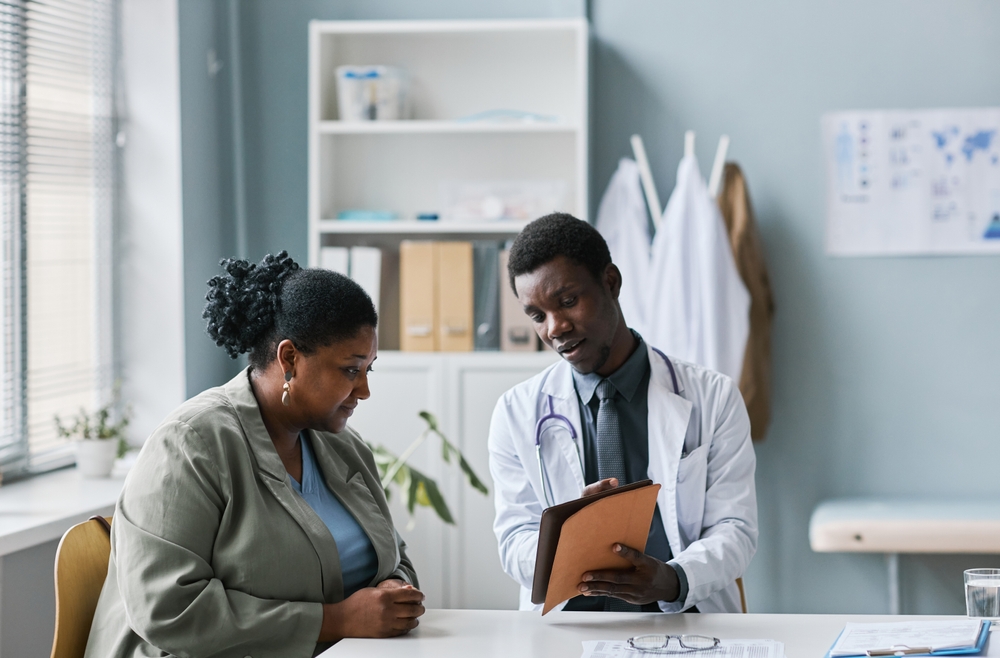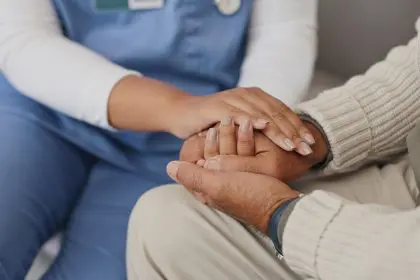Lymphoma is a type of cancer that affects the lymphatic system, a vital part of the immune system. For individuals facing this diagnosis, understanding the range of treatment options available can be overwhelming. What you need to know about lymphoma treatments can be the difference between feeling informed and empowered or lost in medical jargon. This article aims to break down these treatments in a simple, accessible way, offering hope and clarity to those navigating this complex disease.
Understanding lymphoma and its types
Before diving into the treatments, it’s important to understand what lymphoma is and the two main types: Hodgkin lymphoma and non-Hodgkin lymphoma. Each of these affects different lymphocytes and behaves differently in the body. Hodgkin lymphoma is typically easier to treat and has a higher survival rate, while non-Hodgkin lymphoma varies more in severity. Understanding which type you or a loved one has been diagnosed with can help determine the best treatment plan.
Hodgkin lymphoma
Hodgkin lymphoma affects the B-lymphocytes and is characterized by the presence of Reed-Sternberg cells. This type of lymphoma often presents in younger patients, but it can affect anyone. It is also one of the most treatable cancers, with a relatively high success rate when caught early.
Non-Hodgkin lymphoma
Non-Hodgkin lymphoma is a broader category with many subtypes, each with its own set of characteristics. This type can be either aggressive or indolent, with treatments varying depending on the subtype, stage of diagnosis and overall health of the patient.
First-line treatments for lymphoma
The most common first-line treatments for lymphoma focus on reducing or eliminating cancerous cells in the body while preserving healthy tissues. The treatment regimen depends on the type and stage of lymphoma, but most patients will encounter one or a combination of the following options.
Chemotherapy
Chemotherapy remains one of the primary treatments for lymphoma. This systemic therapy uses drugs to target and kill fast-growing cancer cells. In some cases, chemotherapy alone can lead to remission, while in others, it may be paired with other therapies. One key emotional challenge patients face with chemotherapy is coping with side effects such as fatigue, hair loss and nausea, but advancements in cancer care have improved the management of these symptoms.
Radiation therapy
Radiation therapy is often used in conjunction with chemotherapy, especially in early-stage Hodgkin lymphoma. This treatment uses high-energy rays to destroy cancer cells in a localized area. While effective, radiation can also impact surrounding healthy tissues, so doctors carefully plan each treatment to minimize potential damage. Emotional resilience is crucial for patients undergoing radiation, as the mental toll can be just as significant as the physical side effects.
Targeted therapy
In recent years, targeted therapies have revolutionized the treatment landscape for lymphoma. These therapies focus on specific molecules or pathways that help cancer grow and thrive, limiting damage to healthy cells. This precision treatment has fewer side effects than traditional chemotherapy, offering patients a more tolerable experience while maintaining high effectiveness.
Emerging treatments offering hope
As research continues, newer treatments for lymphoma are offering hope to patients, especially those who have relapsed or whose disease has not responded to traditional methods. The rapid advancements in cancer care have opened doors to more personalized and effective treatments.
Immunotherapy
Immunotherapy harnesses the power of the body’s immune system to fight lymphoma. It stimulates or enhances the immune response against cancerous cells, helping the body recognize and destroy them. One of the most promising forms of immunotherapy is CAR-T cell therapy, where a patient’s T-cells are engineered to target cancer cells directly. While still relatively new, this treatment has shown incredible success in some patients, especially those with relapsed lymphoma.
Stem cell transplant
For patients with aggressive lymphoma or those whose cancer has returned, stem cell transplants may offer a chance for long-term remission. There are two main types: autologous, using the patient’s own stem cells, and allogeneic, using stem cells from a donor. The process can be physically demanding, requiring high doses of chemotherapy or radiation beforehand, but it offers the potential to restore healthy bone marrow and fight the cancer from within.
Clinical trials
For many patients, clinical trials provide access to cutting-edge treatments that are not yet widely available. Participating in a trial can be an emotional journey, filled with both hope for groundbreaking results and uncertainty about potential outcomes. However, clinical trials have been instrumental in pushing forward lymphoma treatment and offering new avenues for patients who may not have other options.
Managing side effects and enhancing quality of life
One of the most challenging aspects of lymphoma treatment is dealing with the side effects. While treatments are designed to fight cancer, they can also affect healthy tissues and lead to fatigue, pain and emotional distress. Fortunately, there are ways to manage these side effects and improve overall quality of life during treatment.
Coping with fatigue
Fatigue is one of the most common side effects of lymphoma treatment, affecting nearly every patient at some point. It’s important to recognize that this type of fatigue is not simply being tired — it is often overwhelming and can interfere with daily activities. Patients are encouraged to pace themselves, take frequent breaks and prioritize tasks that are most important to them.
Nutrition and hydration
Maintaining proper nutrition and staying hydrated is essential during treatment. Some treatments can cause nausea or a loss of appetite, making it difficult to eat. Working with a nutritionist or dietitian can help patients find foods that are both palatable and nourishing. Hydration is equally important, especially for those undergoing chemotherapy or radiation.
Emotional support
The emotional toll of lymphoma treatment is significant. Many patients find that having a strong support system — whether through friends, family or support groups — helps them navigate the challenges. Speaking with a therapist or counselor can also provide a safe space to process feelings of fear, frustration or sadness. Maintaining a positive outlook, while challenging, has been shown to improve both emotional and physical outcomes for cancer patients.
The importance of early detection and regular follow-ups
Early detection remains one of the most important factors in successful lymphoma treatment. Regular check-ups and understanding the warning signs can lead to quicker diagnosis and more effective treatments. Common symptoms include swollen lymph nodes, fever, night sweats and unexplained weight loss. If you experience any of these symptoms for an extended period, it is crucial to consult with a doctor.
Follow-up care is equally important after treatment. Lymphoma patients must remain vigilant, as the disease can return, and long-term monitoring helps catch any recurrence early. Regular imaging, blood tests and physical exams are standard post-treatment care and can make a significant difference in long-term outcomes.
The future of lymphoma treatment
What you need to know about lymphoma treatments is that the landscape is continually evolving, with new therapies offering more hope than ever before. From traditional chemotherapy to cutting-edge immunotherapies, patients have a wide range of options, each designed to target the disease in different ways. Navigating this journey can be overwhelming, but with the right information, support system and care team, patients can face lymphoma with confidence.
The future of lymphoma treatment looks bright, with ongoing research aiming to make therapies even more targeted, effective and accessible. Whether you’re a patient, caregiver or loved one, staying informed about the latest developments in lymphoma treatment is key to making empowered decisions and finding the path that works best for you.
This story was created using AI technology.












